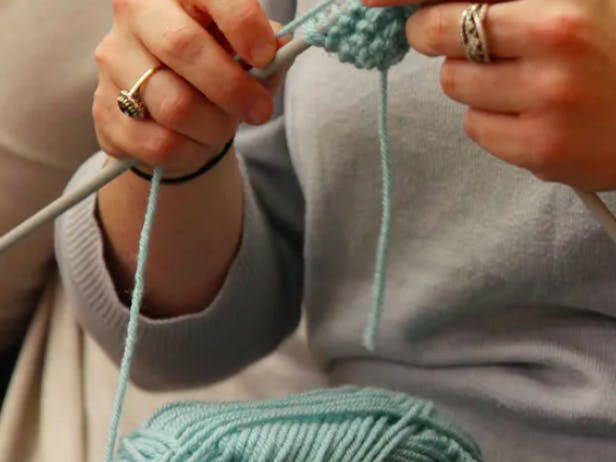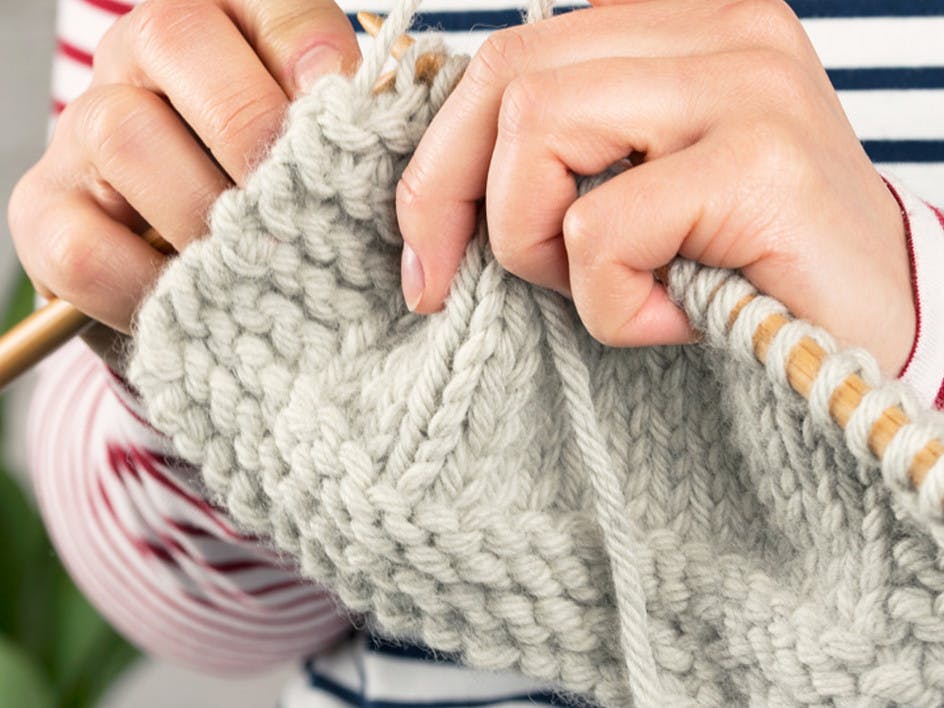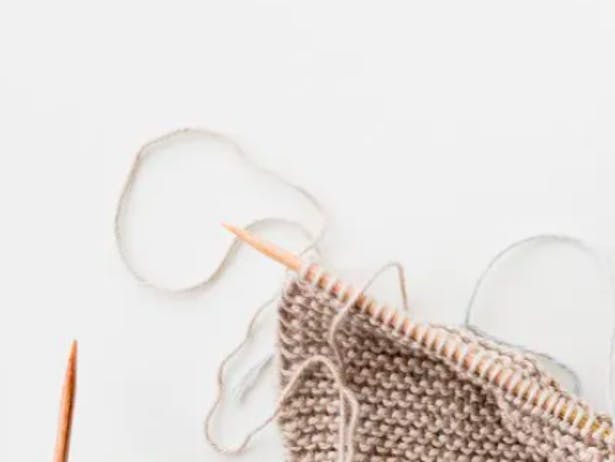How to kitchener stitch and graft stitches
Published on 16 October 2014 By Elizabeth Bagwell 2 min read
Graft sock toes, finish a hat or lengthen a scarf. Elizabeth Bagwell talks you through Kitchener stitch, a really handy invisible, seamless join.
What is a kitchener stitch?
Kitchener stitch is also called grafting, and is a way of creating an invisible, seamless join between two pieces of knitting. It’s most commonly used for sock toes, but has dozens of other applications. In its simplest form, Kitchener is used to join two sets of live stitches (i.e. stitches that are still on the needle and not cast off).
Who invented the kitchener stitch?
Although there are a few loose ends when it comes to crediting the exact inventor of this grafting technique, we do know the kitchener stitch was named after Herbert Kitchener, British Secretary of State for War during WW1. It's said Kitchener wanted knitters to invent a seam for soldiers, that would avoid chafing.
How to Kitchener with a darning needle
1
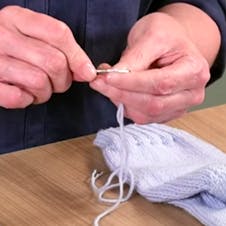
Thread the darning needle.
2
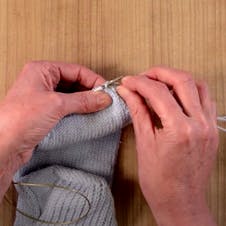
Set up: Working from right to left across the stitches, bring the darning needle through the first stitch on the front knitting needle from right to left, as you would put a knitting needle if you were about to purl.
3
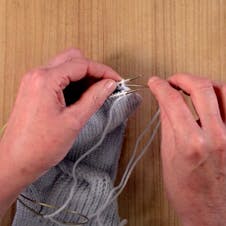
Go through the first stitch on the back knitting needle from left to right, as you would put a knitting needle if you were about to knit.
Pull through in each case.
4

Knit and off, purl
Put the darning needle through the first stitch on the front needle as though to knit, and slide the stitch off the needle. Put the darning needle through the second stitch on the front needle as though to purl, but do not slide it off.
5

Purl and off, knit
Put the darning needle through the first stitch on the back needle as though to purl, and slide the stitch off the needle. Put the darning needle through the second stitch on the back needle as though to knit, but do not slide it off.
6

Repeat to the end and sew in your ends.
How to kitchener stitch without a darning needle
You won’t need a darning needle, but you will need a third knitting needle, crochet hook or something else to hook the yarn through with. The process is the same as for darning with a darning needle, but as you’re hooking the yarn back through (like you do when knitting) rather than pushing a needle through (as with a darning needle) the steps appear reversed.
1
Set up: Knit the first stitch on the front needle, don’t slide the stitch off the needle.
Pull the yarn tail all the way through the stitch (always pull the yarn tail all the way through while grafting).
Purl the first stitch on the back needle, don’t slide it off.
2
Purl and off, knit
Purl the first stitch on the front needle, and slide the stitch off. Knit second stitch on the front needle, but do not slide it off.
3
Knit and off, purl
Knit the first stitch on back needle, and slide the stitch off. Purl the second stitch on the back needle, but do not slide it off.
